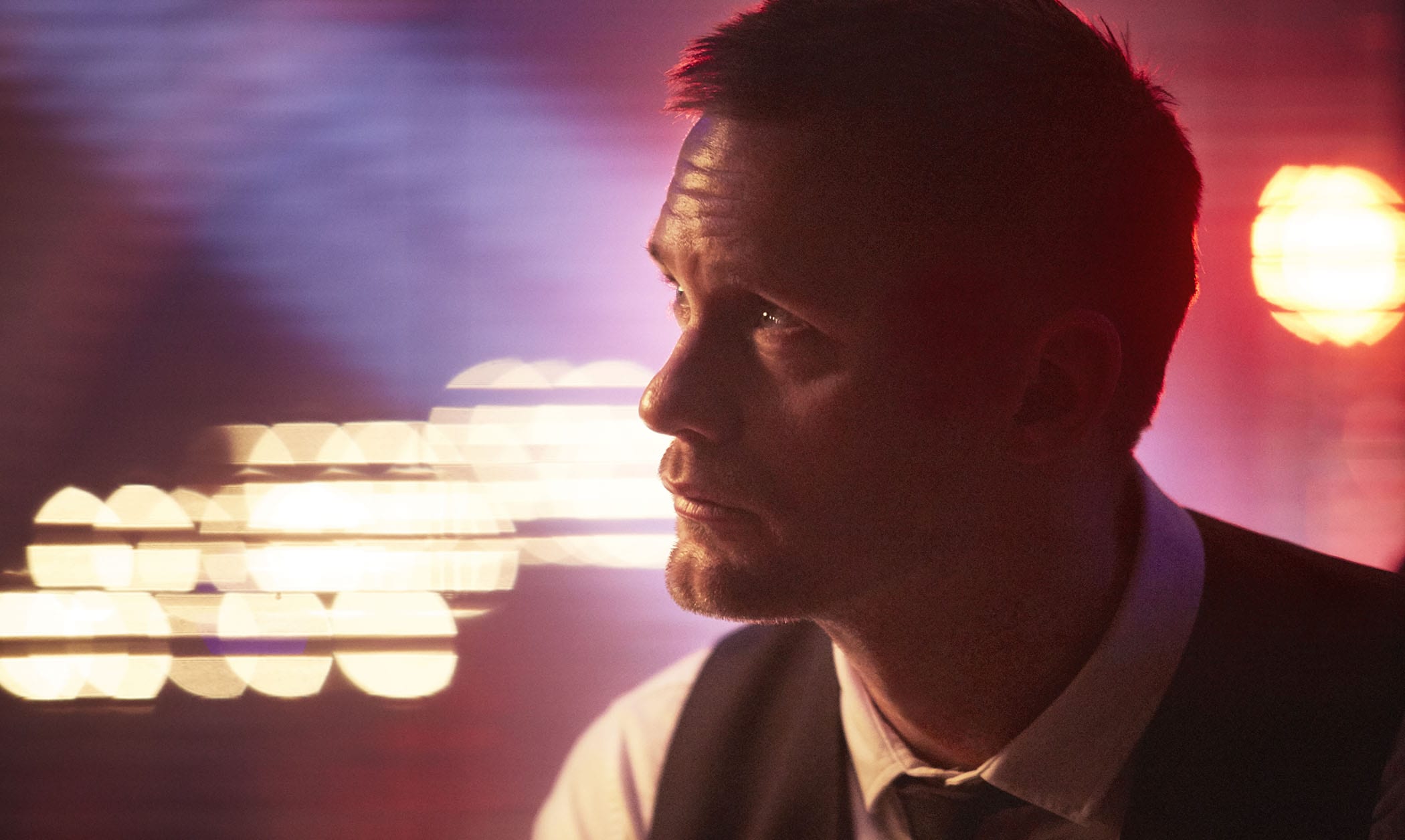
Development hell: The best flicks stuck in production
Last year saw the long-awaited release of Duncan Jones’s sci-fi noir Mute. And when we say “long-awaited”, we mean it – the film was in production for 16 years. Part of the reason the personal project took so long was down to timing.
Since writing Mute’s first draft all those years ago, Jones has toiled over the release of his modern sci-fi classic Moon, the thriller drama Source Code, and the behemoth Warcraft. While he continued to work on Mute throughout the years, at times it had to take a back seat.
In fact, dozens of filmmakers have taken years to finish for varying reasons – you can read more about this in the list below. It’s quite the eclectic mix, which we guess goes to show that no director is safe from getting stuck in the production development trap.
Cronos: 8 years
You’d be forgiven for thinking the blame was on director Guillermo del Toro’s obsessive attention to detail. But alas, the real reason this horror thriller took so long to make was because the film ran out of budget. The master storyteller eventually raised the last bit he needed through loans, while star Ron Perlman (Hellboy) was forced to take a pay cut (don’t worry, they’re BFFs now).
Avatar: 10 years
Whether you like Avatar or think it’s a big ball of OTT Hollywood cheese, there’s no denying the visual effects are revolutionary. Also, you’ve got to commend James Cameron’s intuition – instead of launching into his Pandora-based project right after finishing Titanic, he decided to actually wait until technology had advanced enough to create the masterfully crafted CGI environment of the setting. Dude must have the patience of a saint.
Coffee and Cigarettes: 17 years
I’m sure most of us have enjoyed coffee and cigarettes while watching this charming collection of 11 short stories directed by indie stalwart Jim Jarmusch (Only Lovers Left Alive), in which well-known actors and other artists sit and chat to highlight the nuances of everyday conversations.
The first segment was filmed in 1986 while the final six were completed in 2004, offering a proverbial who’s who of the Jarmusch universe including Roberto Benigni (Life Is Beautiful), Steve Buscemi (Fargo), Tom Waits (Seven Psychopaths), Iggy Pop, Wu-Tang Clan’s RZA and GZA, Meg and Jack White, Cinque and Joie Lee, Steven Wright (Natural Born Killers), Bill Murray (Lost in Translation), Cate Blanchett (Carol), Alfred Molina (Frida), and Steve Coogan (Philomena). Phew!
The Evil Within: 15 years
The Evil Within is basically the horror film everyone needs to know about. The story goes that Andrew Getty spent 15 years of his life obsessively making his feature film debut, spending every penny of his inheritance (an estimated $4 million to $6 million) from his oil tycoon grandfather to keep it going.
While Getty began production in 2002, the first five years simply involved him obsessing over every minor detail, insisting on hand building the props and sets.
Curveball: Getty died during the production due to a brain ulcer caused by excessive crystal meth abuse! However, the movie’s producer Michael Luceri was able to complete the project and The Evil Within was finally unleashed to the world. Oh yeah, and if you’ve seen it, you’ll know that it’s a cheesy, gory, campy b-movie – definite potential to be the next The Room.
The Thin Red Line: 10 years
Another stickler for obsessive detail, Terrence Malick’s adaptation from the novel of the same name took an entire decade to make.
Although the director initially baffled his producers with the most unusual requests for research material including books on wildlife and insects (while filming a movie about war), it turned out this was his focus – to offer shots of grass or insects intersected with images of war in order to emphasize the connection of nature to humans. Pretty smart, but you still can’t help but feel for everyone involved in the making of this movie.
Silence: 28 years
It was the project legendary director Martin Scorsese (The Irishman) had been talking about for almost three decades, but a combination of meticulous script tweaking, financing woes, and legal battles meant the adaptation of the 1966 Shûsaku Endô novel was stalled until 2016.
“There was a lot of sacrifice, a lot of problems, a lot of delays. But this is where I felt I should spend my time,” said Scorsese, 74. “It’s amazing that with all the things against the film, it got made and it’s going to be shown.” Just imagine the relief!
Tiefland: 20 years
The controversial director Leni Riefenstahl’s melodrama was stalled for one of the most valid reasons ever – World War II. We describe Riefenstahl as “controversial” because she was actually a Hitler supporter, and stopped filming in 1934 to assist with Nazi propaganda. This worked in Riefenstahl’s favor, as her friendly relationship with Hitler allowed her to open a film production company and she went on to finish the film in 1954.
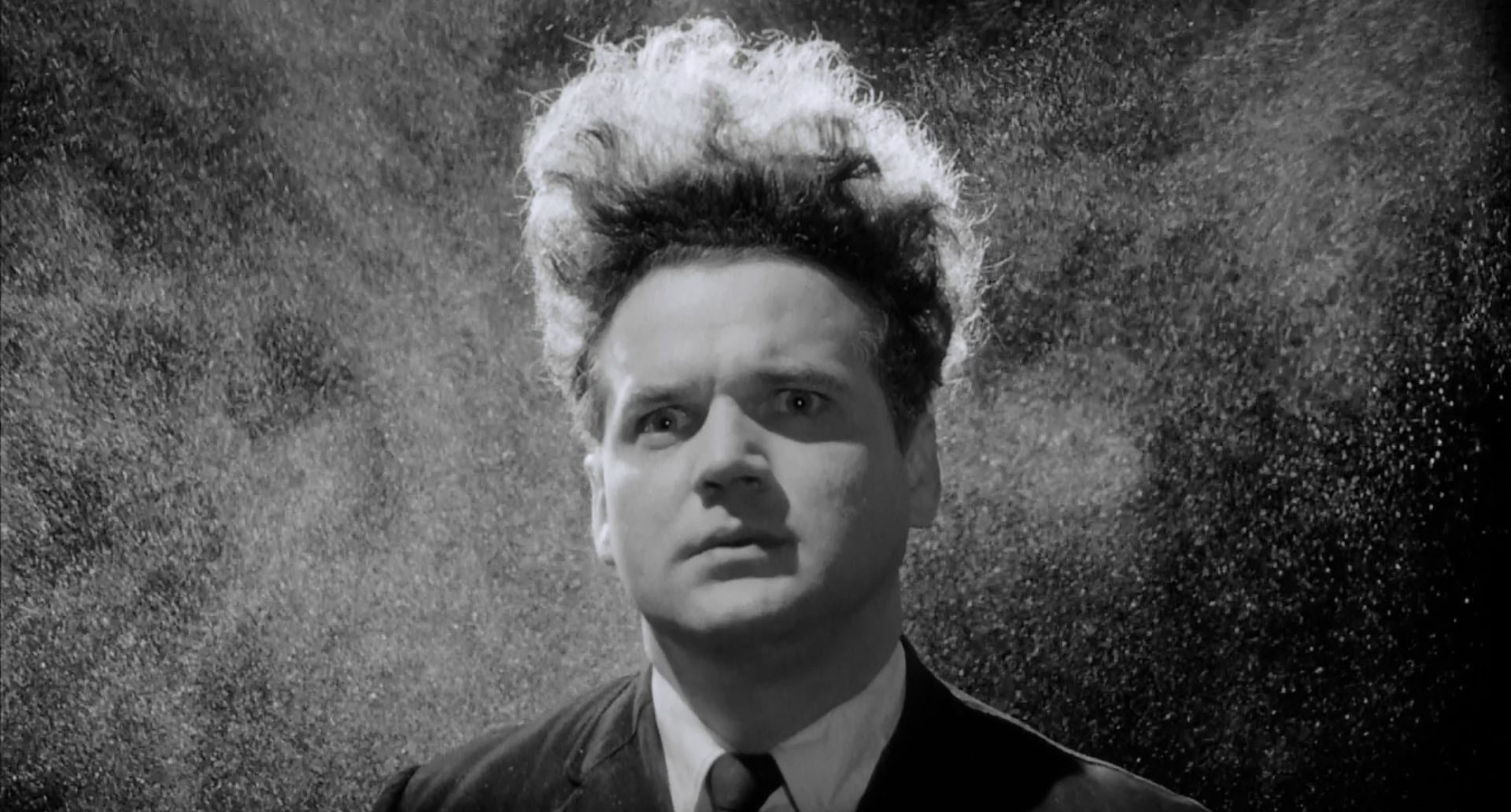
Eraserhead: 5 years
Not quite as long as some of the others on this list (but still long enough), Eraserhead took five long years to make. What started out as a student project turned into an epic filmmaking experience thanks to David Lynch’s focus on detail (one shot of Jack Nance entering a room took an entire year) and issues with cash.
However, with a bit of fundraising efforts from Lynch, Nance, Catherine Coulson (Twin Peaks), Jack Fisk (There Will Be Blood), and Sissy Spacek (Carrie), eventually they were able to finish the project and unleash the wonderfully unsettling surrealist Eraserhead upon the world.
Sleeping Beauty: 7 years
Sleeping Beauty cost $6 million to produce and took seven years to make. One possible reason for this was down to Walt Disney preferring to sign off on every creative decision. Although this worked in the past, for the first time in the company’s history he also had to deal with the construction of his first theme park and three-weekly TV shows. In addition, the animators were often called upon to help out with the new projects.
Still, they got there in the end.





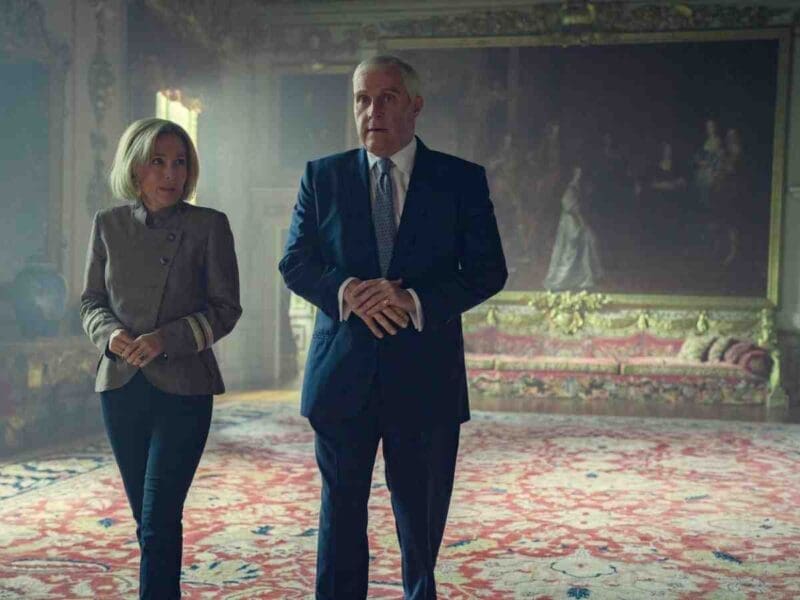
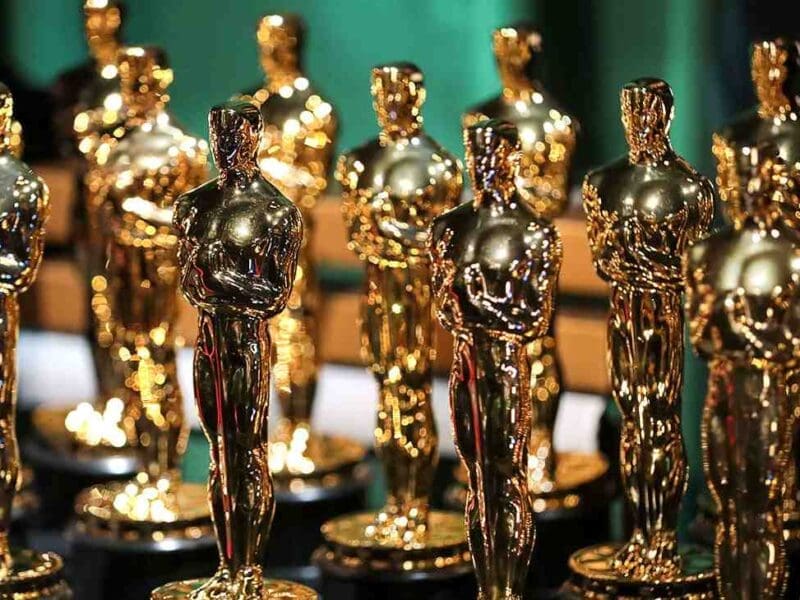
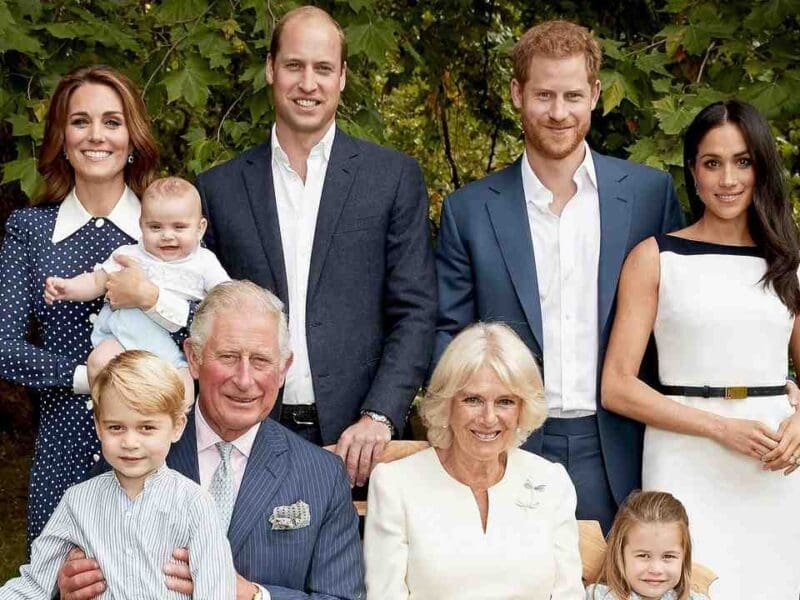
News Portal PL
/
Wow, thanks for sharing, I have learned so much here on your site, thought I’d let you know your efforts are appreciated.
December 11, 2020